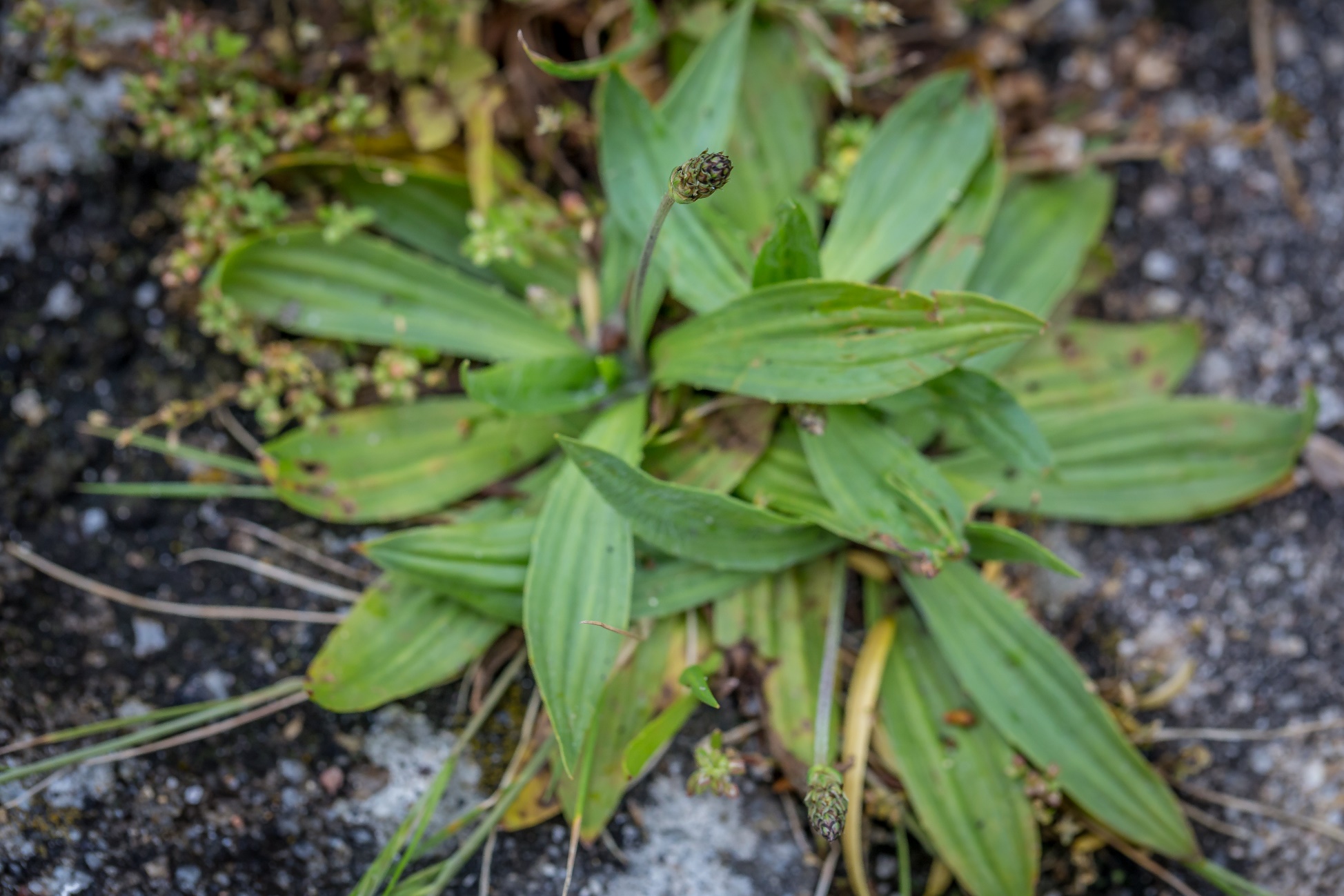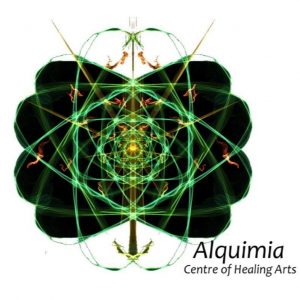Today we are hunting for wild edibles and we have just realized that some gardeners call these gourmet plants a “weed”.
Does it exist such a treat? What is an invasive plant or a weed?
At the very end of the day each plant has a purpose, like us. What we call a weed is just an undesirable species, a plant in the wrong place especially when we relate the fact to human settlements or vegetable gardens.
We can literally specialize ourselves in identifying small herbs with a long and substancial history of use; safe plants, magical allies.
Some of them are very close to us, they grow in our backyard or in abandoned fields. Some of them are highly nutritious and contain considerable amounts of microelements that are beneficial for our diet and general health. There are somehow many trendy exotic herbs that are marketed as ‘superfood’ or ‘miracle herbs’. The truth is that there are more neglected and powerful plants than we think and we don’t need to buy them. They abundantly grow everywhere. This is where reside the anti-commercial value.
Neglected herbs that are amazing:
Dandelion (Taraxacum officinale) is so far the most known weed of all gardens. It is a very well documented medicinal and edible perennial, very resistant to most climatic conditions and disturbances.

A very nutritious food, 100g of the raw leaves contain about 2.7g. protein, 9.2g. carbohydrate, 187mg Calcium, 66mg phosphorus, 3.1mg iron, 76mg sodium, 397mg potassium, 36mg magnesium, 0.19mg vitamin B1, 0.26mg vitamin B2, 35mg vitamin C. The roots of 2 year old plants are harvested in the autumn, dried and roasted to make a very good coffee substitute. Flowers are also edible.
Plantain (Plantago spp.) is a common herb that originated in Europe but has naturalized throughout the world. Common plantain (Plantago major) has rounded leaves, while English plantain, or Narrowleaf plantain (Plantago lanceolata) has elongated lance-shaped leaves. Plantain has a vast history of medicinal use and has long been considered an important herb.

It contains seven flavonoids, beta-carotene, crude fibre, dietary fibre, fat, protein, and carbohydrates. It also contains vitamins A, B1, B2, B3, C, and K. Plantain also contains calcium, chromium, iron, magnesium, manganese, phosphorus, potassium, selenium, and zinc.
Young leaves can be eaten raw but as they get older they tend to become bitter and quite tedious to prepare because the fibrous strands are best removed before use.
This plant is apparently the best in the field of blood poisoning treatment, it is also a diuretic, analgesic and anti-inflammatory.
Myrtle (Myrtus communis) Mediterranean evergreen shrub or small tree with aromatic, leathery leaves and solitary, bowl-shaped white flowers followed by fleshy, edible berries.
Myrtle has some highly effective antimicrobial, anti-inflammatory and astringent qualities, which makes it valuable in the treatment of many respiratory ailments and skin issues. The plant contains high levels of salicylic acid (a compound related to aspirin) and is an expectorant (helps to get rid of mucus), which makes myrtle tea an excellent choice for colds and flu. Myrtle essential oil is especially prized for its anti-viral and antibacterial properties.
Great Mullein (Verbascum thapsus) is a flowering plant that is classified as an invasive species because it spreads quickly throughout gardens and public areas.

It has been used to treat pulmonary problems, inflammatory diseases, asthma, spasmodic coughs, diarrhoea and migraine headaches.
Both the leaves and flowers contain mucilage, which is soothing to irritated membranes, and saponins, to give relief from cough.
Advices for Wild Foraging
First rule: Pick only safe herbs that you are able to recognize.
Second rule: Choose a spot away from pollution, contamination and possibly human presence.
Third rule: Pick herbs not in rainy days.
Fourth rule: Think in advance how to store the herbs if you are not eating them directly.
Fifth rule: Pick different parts of the plant that you need, but if you don’t need the root remind to leave the plant rooted.
Sixth rule: Never pick more than necessary. Respect the cycles and times of Nature.
Seventh rule: Choose an healthy specimen without evident signs of parasites or disease.
Eight rule: If you want to extract medicinal ingredients from a plant, i.e. essential oils it is important to learn the best period to maximize the concetration.
Ninth rule: Spread seeds and spore as you venture in the woods. Don’t forget to be a good propagator.
There are neverending advices on the topic. We will limit to the basics and we will let the experience to guide us.
Wild Foraging, List of Edible Gourmet Plants & Mushrooms step five
